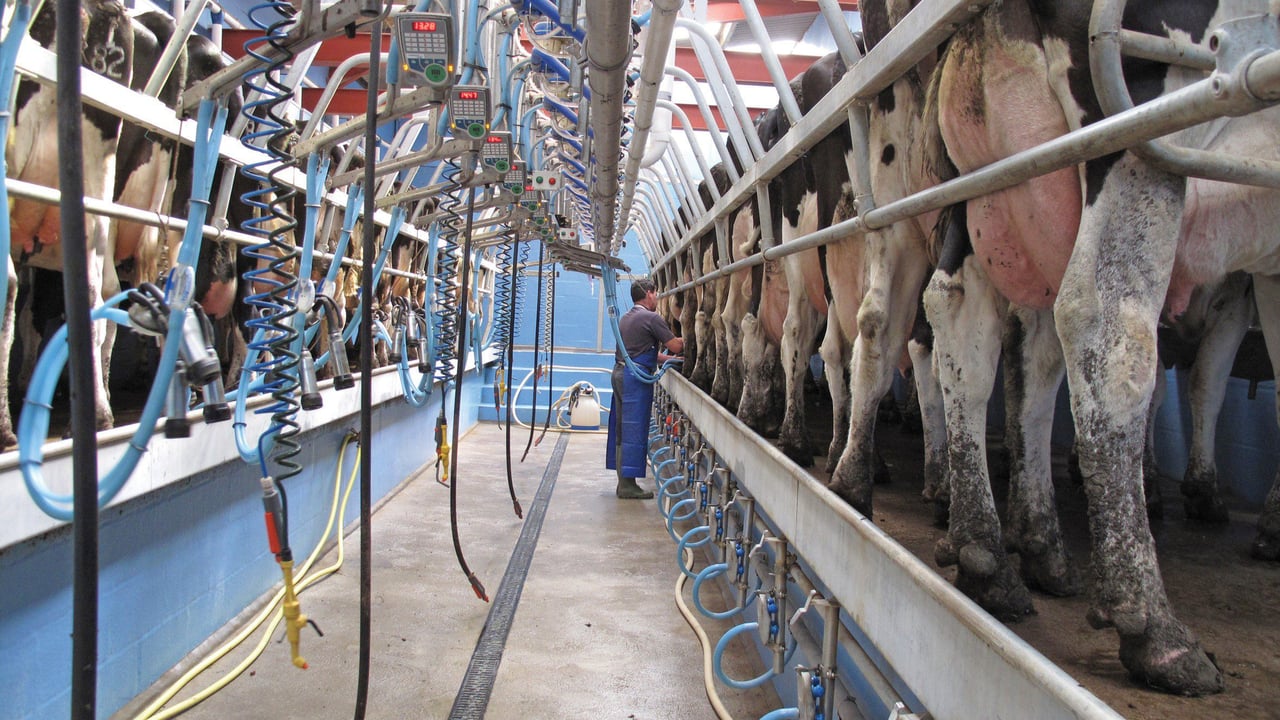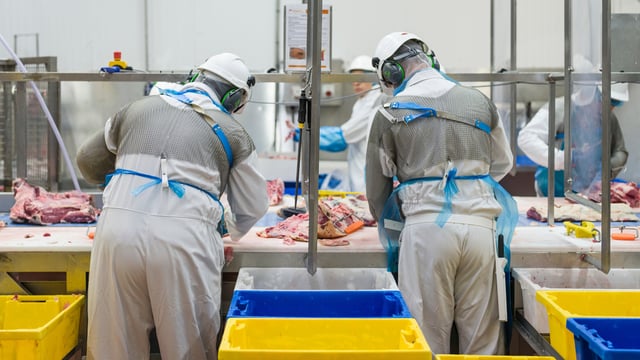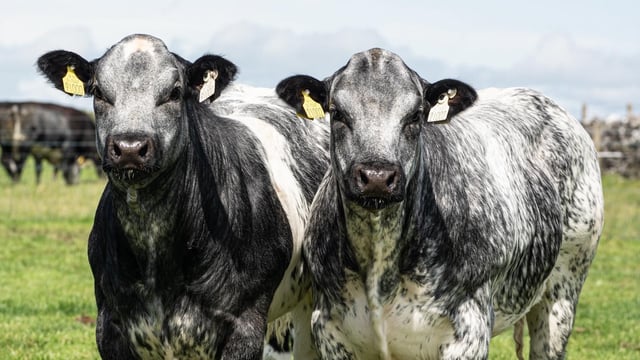Maintain milking machine: Plenty of milk solids still to be produced
As we get towards the end of August, the milking machine should be checked to ensure it is running smoothly.
There is still a long way to go in terms of production this lactation, which means the milking machine should be checked and serviced ahead of the final run-in before cows are dried off in December.
There is still about 35-40% of this year's milk solids to be provided from a spring calving herd and these final autumn months are going to provide some of the most valuable milk of the lactation.
Litres will gradually fall from here on in, but the high percentages of fat and protein in the milk at this point makes this milk very valuable, and farmers need to maximise their price and production through hygiene and cow comfort in the parlour.
At this stage of the year, the big focus remains on grass and extending the rotation while strategically building covers which will deliver cost-effective milk production.
However, if the parlour is in poor order and liners are in need of changing, cows will be unable to deliver and infection and cell counts will mask any production.
The milking machine
The milking machine is the most important piece of equipment on your dairy farm, as it is what gets the milk from the cow to the bulk tank.
It is the only piece of equipment that comes into direct contact with the cows' udders every day.
As we come into the latter end of the cows' lactation, it is important to not let somatic cell count (SCC) slip up. This would affect the cows being dried off, as they may have to receive an antibiotic as a result.
Your milking machine has a big say on the quality of milk that a cow produces, as a poorly maintained machine can damage blood vessels and cause a spike in SCC, thermoduric, and total bacteria count (TBC).
Changing your liners is the most crucial part of maintaining your milking machine, as a deteriorated liner will give rise to thermoduric levels and allow for the rapid spread of diseases from cow to cow.
You should regularly check the inside of the liners - they should be soft and smooth without any cracks or roughness.
Liners are the only part of the milking parlour in direct contact with the cow, which has the potential to affect teat health and milking efficiency.
When they are worn, they will reduce milking performance, damage the teat, and cause mastitis and cross-contamination.
Eventually, liners will lose their tension, which means they will absorb fat, hold bacteria, and deteriorate due to the cleaning products going through them twice-a-day.
Liners should be replaced every 2,000 milkings or every six months, whichever comes first.
For herds that have expanded in recent years and are still using the same parlour, the frequency of liner changes needs to increase.
Completing checks
A milking machine should be serviced twice a year by a registered technician, which equates to approximately every 550 hours of work.
If the parlour has not been serviced in some time, schedule a technician in the next couple of days before any increase in SCC or mastitis cases arise.
Farmers should check the vacuum gauge, which should be visible from the pit - the recommended vacuum level for milking machines is in the range of 47-48kpa.
The vacuum regulator should also be maintained by making sure it is thoroughly cleaned or replaced. The regulator air intake and spongy foam filter should be cleaned by washing it in warm water with a mild detergent.
Other parts of the milking machine that need to be checked are the pulsation airline, the vacuum pump and motor, and the claw pieces.
Check how long it takes to milk a row of cows and - while there will be variation between cows and farms - on average, from milk let-down to finish, it should usually take five to seven minutes.
Five or less liner slips during a milking is acceptable for a 100-cow herd, but a higher number could indicate an issue, which is most commonly go to do with the air admission hole on the claw piece being blocked.
Remember that there is still a lot of milk solids to be produced from now until dry off, and hygiene and cleanliness in the parlour needs to remain a priority to maximise your milk cheque over the last few months of the lactation.





